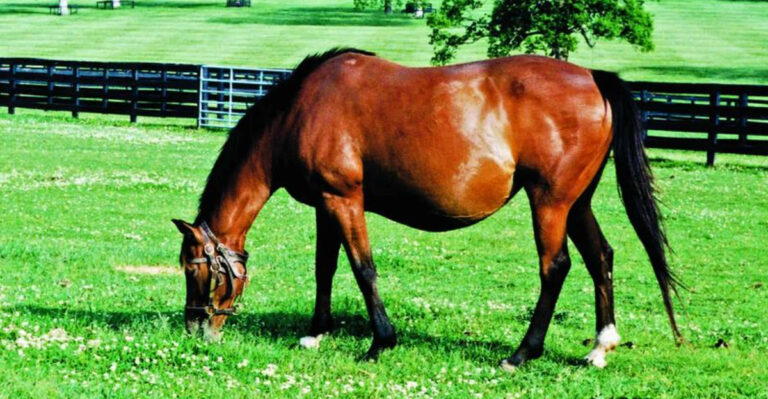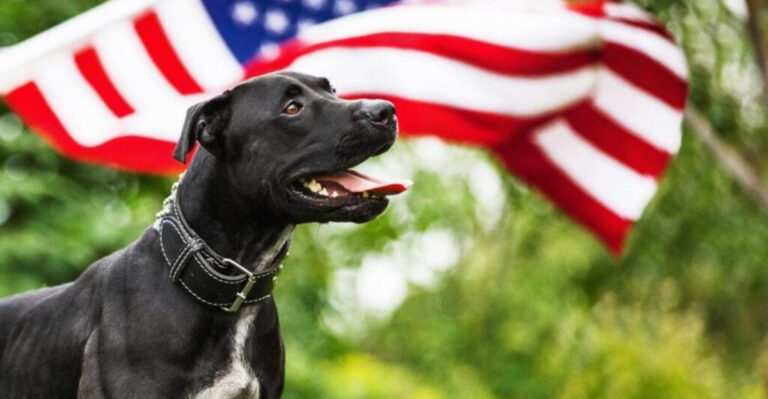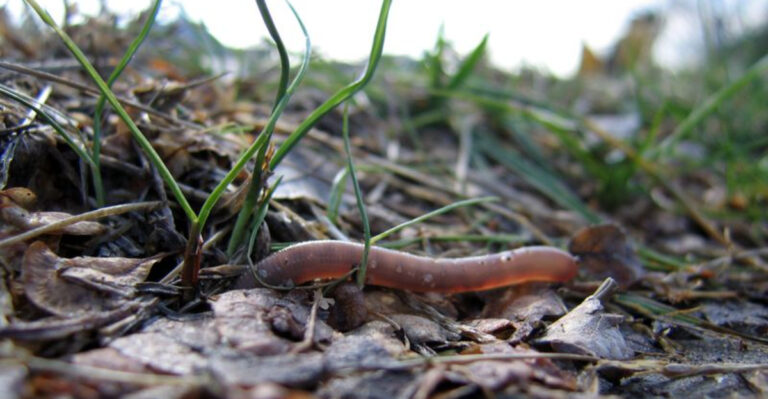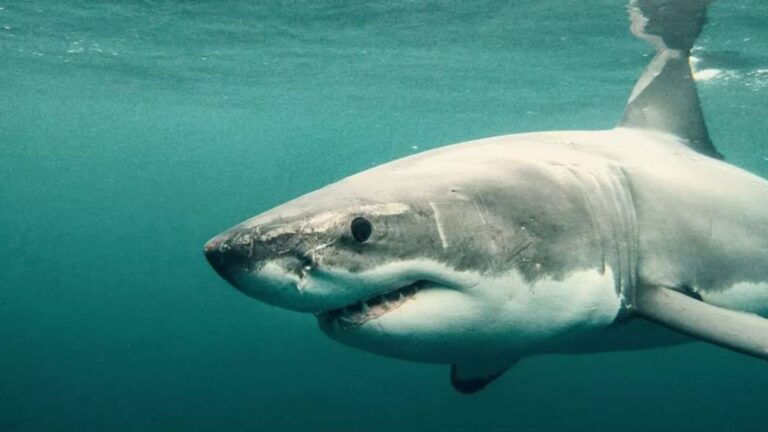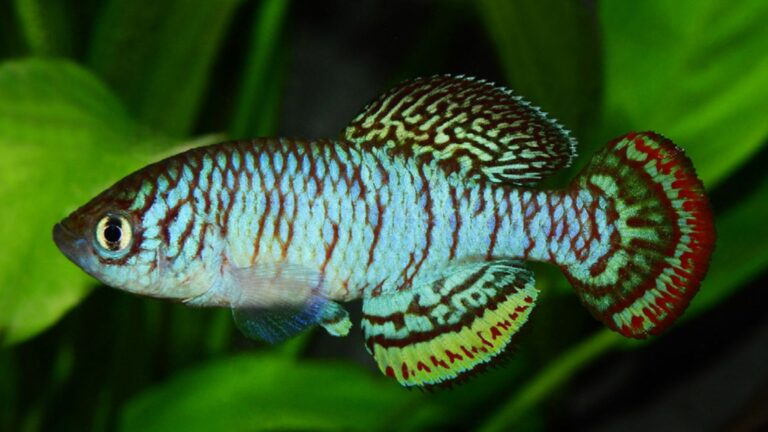15 Herbivores With Surprisingly Fierce Defenses
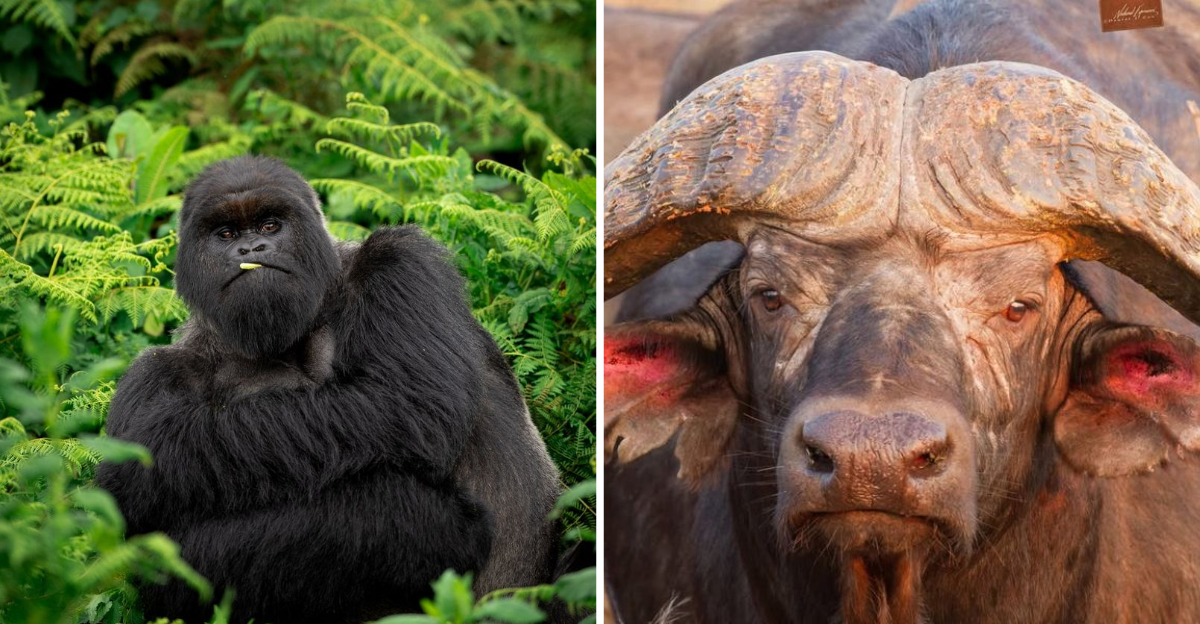
Herbivores are generally perceived as gentle and passive creatures, grazing peacefully in their natural habitats. However, many of these plant-eaters are equipped with surprisingly formidable defenses to protect themselves from predators.
From sharp horns to powerful kicks, these animals have evolved various means to ensure their survival in the wild.
1. Cape Buffalo
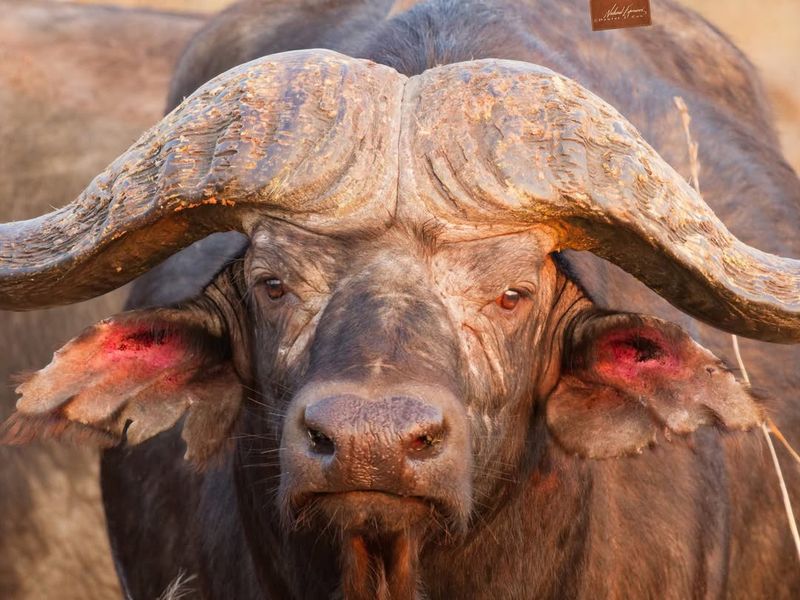
In the expansive plains of Africa, the Cape Buffalo roams with an air of quiet confidence. Known for their impressive size and strength, these creatures are not to be underestimated. Their massive, curved horns serve as both a badge of honor and a deadly weapon. It is an animal that should be avoided at all costs.
While often seen in large herds, these animals can be fiercely protective. When threatened, they will charge at remarkable speeds, using their horns to fend off attackers. Even lions tread cautiously around an agitated Cape Buffalo.
Interestingly, their defensive strategies extend to protecting their young. Adults encircle the calves, creating a formidable barrier against predators.
This communal care has proven effective, showcasing the buffalo’s instinctual drive to protect its own. With such fierce defenses, these herbivores are well-prepared for survival.
2. Porcupine
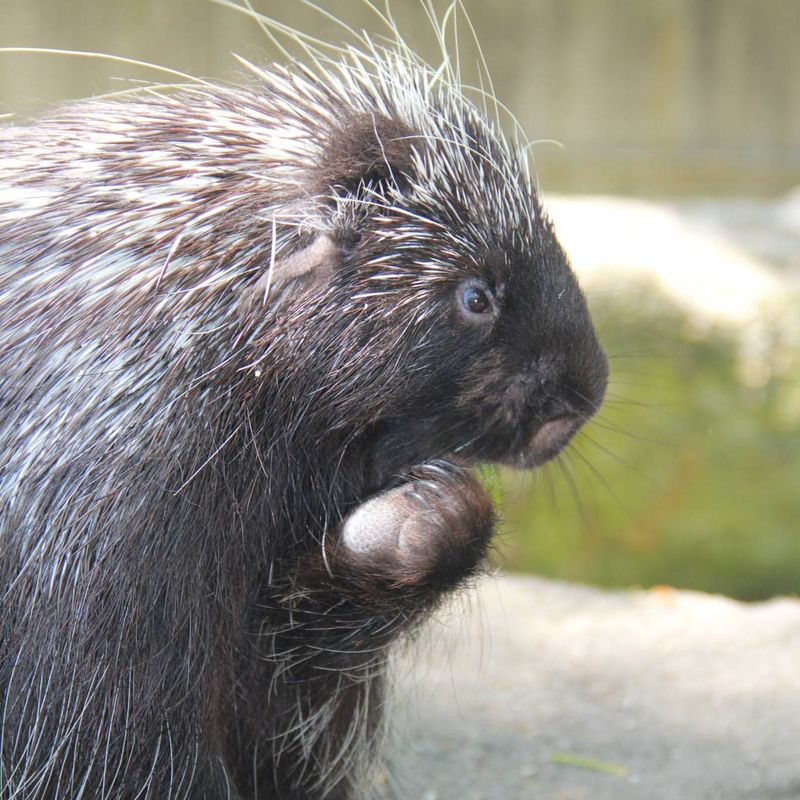
Porcupines may appear docile, but their quills tell a different story. These sharp, needle-like projections cover their backs and sides, ready to deter any threat. When faced with danger, they raise and shake their quills, creating an intimidating sound.
One might think these quills can be hurled, but that’s a myth. Instead, they detach easily, embedding painful barbs into any would-be predator. This defense mechanism has proven effective against many larger animals.
Moreover, porcupines rely on camouflage and a nocturnal lifestyle to avoid encounters altogether. Their ability to blend with their environment adds an extra layer of protection.
It’s a blend of passive and active defenses that make them surprisingly formidable. With these adaptations, porcupines can navigate their world with a unique blend of caution and readiness.
3. Giraffe
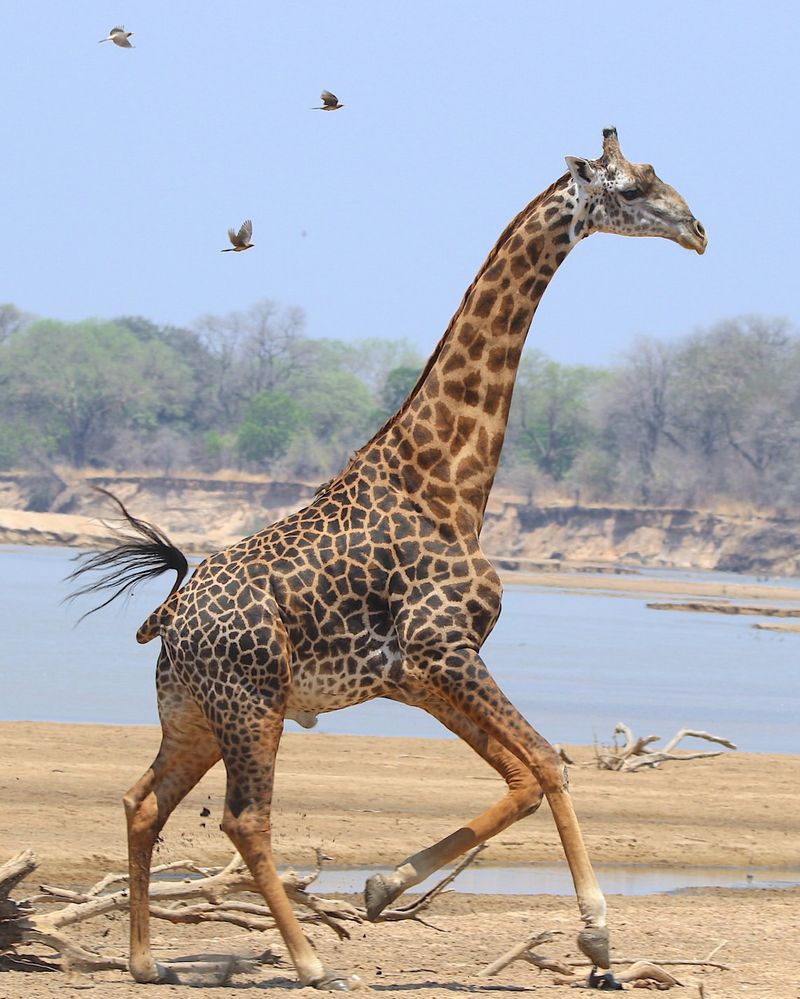
Giraffes may seem awkward with their long necks and gangly legs, but they possess surprising defensive abilities. Their height allows them to survey their surroundings for potential threats. When necessary, giraffes can deliver a powerful kick that can shatter the bones of predators like lions.
Their legs, seemingly fragile, are capable of delivering immense force. Additionally, their keen vision and high vantage point help them detect danger early, often giving them the advantage of time.
This combination of physical power and perceptual acuity makes the giraffe a surprisingly tough target. These giants of the savannah are not just gentle grazers; they are vigilant and capable defenders.
4. Elephant
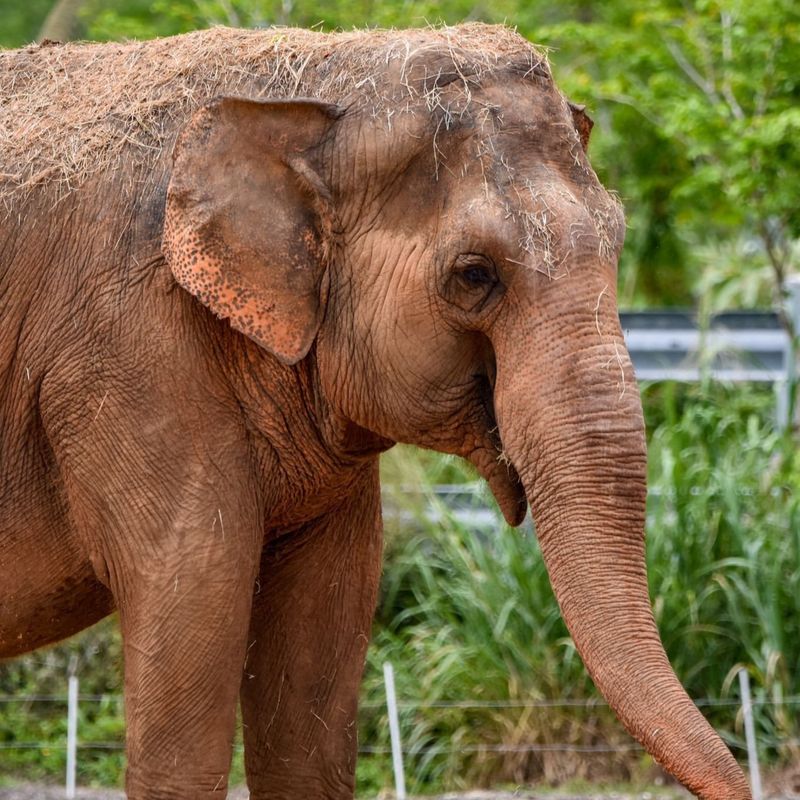
With their towering stature and massive tusks, elephants are more than capable of defending themselves. These gentle giants use their sheer size as a deterrent, often scaring away potential threats. In confrontational situations, elephants can use their trunks and tusks with precision and strength.
A charge from an elephant is a formidable sight, often enough to make predators reconsider their approach. Beyond physical prowess, elephants have a strong social structure. Herds protect their young with intense dedication, ensuring the safety of the vulnerable.
This combination of physical and social defense mechanisms makes them one of the most formidable herbivores. Their intelligence and memory also contribute to their survival, allowing them to remember past threats and respond accordingly.
5. Rhinoceros
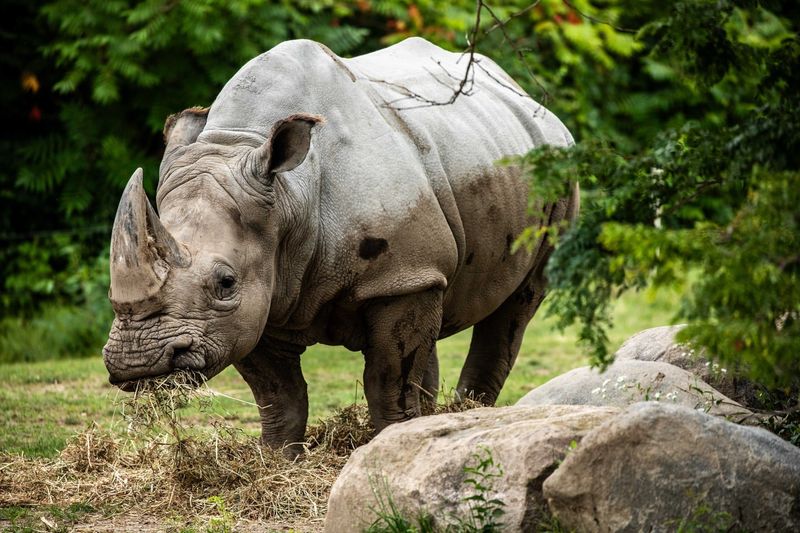
The rhinoceros, with its thick skin and prominent horns, is a symbol of brute strength. These features are not just for show; they serve as effective tools for defense. When threatened, a rhinoceros can charge with surprising speed, using its horn to gore any threat.
This makes them a formidable opponent for predators and even humans. Their large size and tough skin provide additional layers of protection. Despite being herbivores, they can hold their ground against many carnivores in their habitat.
Rhinoceroses also use their keen sense of smell to detect danger early. This, combined with their physical attributes, ensures they are not easily threatened.
6. Hippopotamus
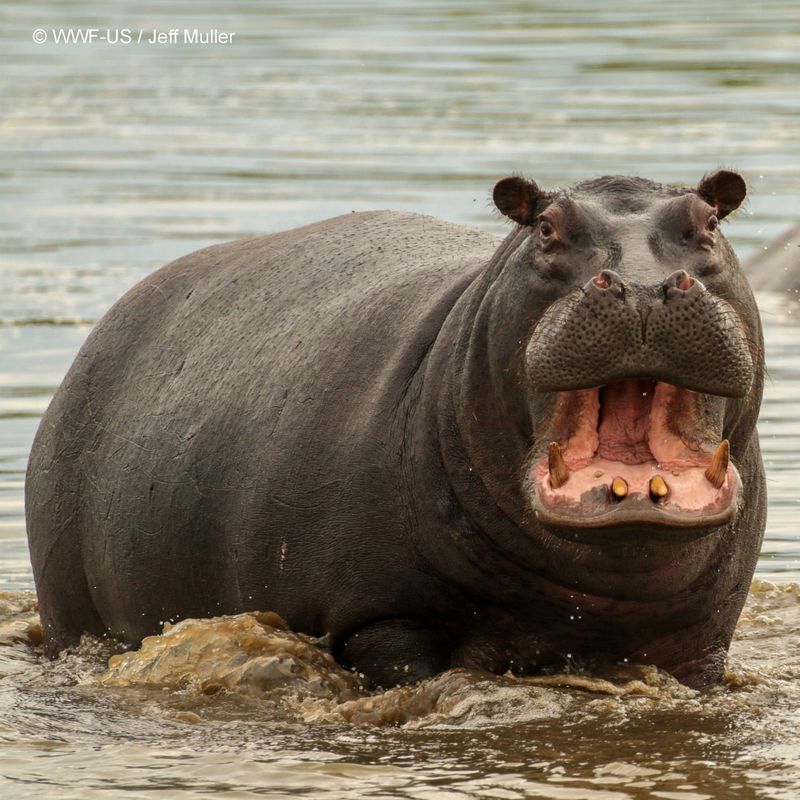
Beneath their seemingly placid demeanor, hippopotamuses harbor unexpected ferocity. These river giants are known for their territorial nature and can be extremely aggressive. Their large mouths and powerful jaws can deliver a forceful bite, dealing significant damage to threats.
Hippos have been known to attack boats and other animals that venture too close. Despite their bulk, hippos are surprisingly fast both in water and on land. This speed, combined with their aggressive nature, makes them a dangerous opponent.
Their social groups, or pods, are fiercely protective of their territory, showing aggression to any intruders. This makes them a challenging target for any potential predator.
7. Kangaroo
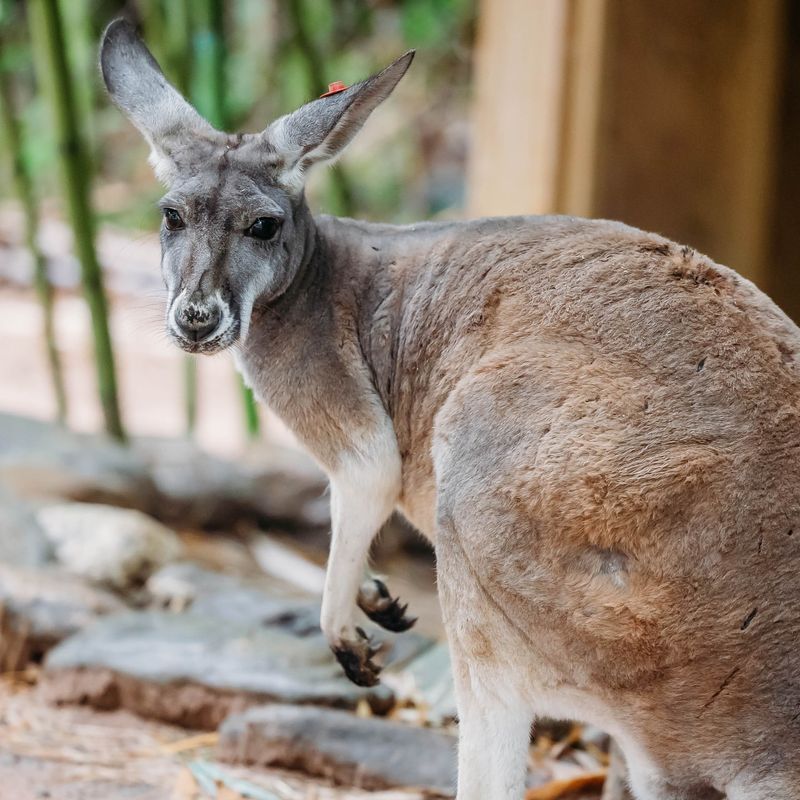
Kangaroos might be synonymous with gentle hopping, but their hind legs tell a different tale. These appendages are not only for movement but also serve as powerful weapons. In defense, a kangaroo can deliver kicks strong enough to injure predators, using its tail for balance.
This tactic is used to protect themselves and their joeys from threats. Kangaroos use their agility to their advantage, quickly escaping danger. However, when cornered, their fighting skills come into play, showcasing their resilience and strength.
Their ability to stand on their hind legs and box their opponents is a testament to their unexpected ferocity. These skills make them more than mere marsupials; they are agile defenders of the outback.
8. Giant Anteater
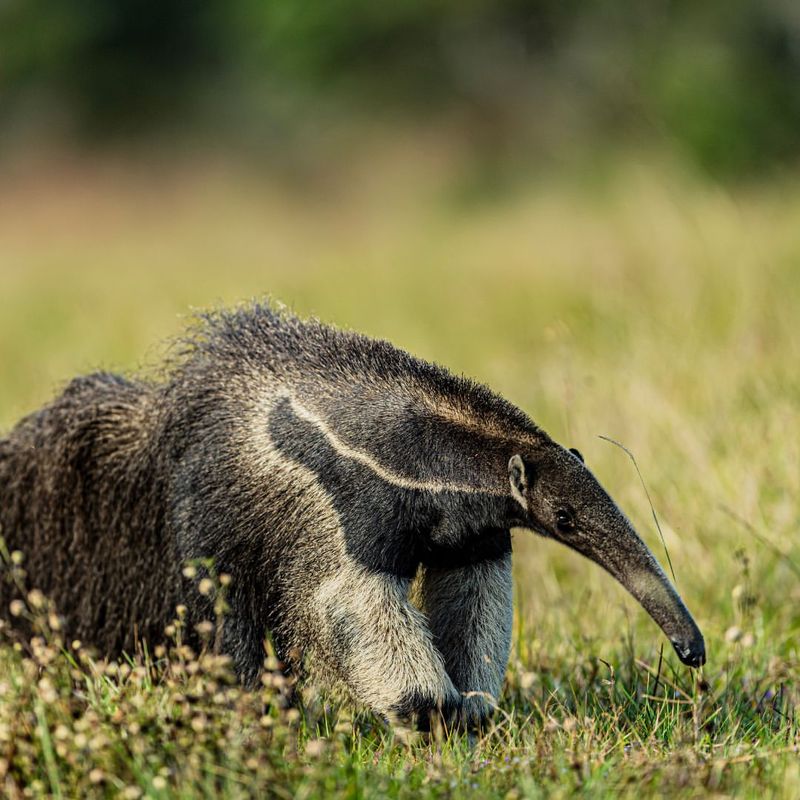
Giant anteaters may seem gentle, but their claws tell another story. These elongated claws are perfect for digging, but also serve as weapons. When threatened, the anteater can rear up on its hind legs, using its claws in a slashing motion to defend itself.
This technique can deter large predators. Despite their size, anteaters are solitary creatures, relying on their senses to avoid threats.
Their keen sense of smell helps them detect danger early. This combination of physical defenses and sensory awareness makes the giant anteater a surprisingly formidable herbivore, well-equipped to survive in its environment.
9. Beaver
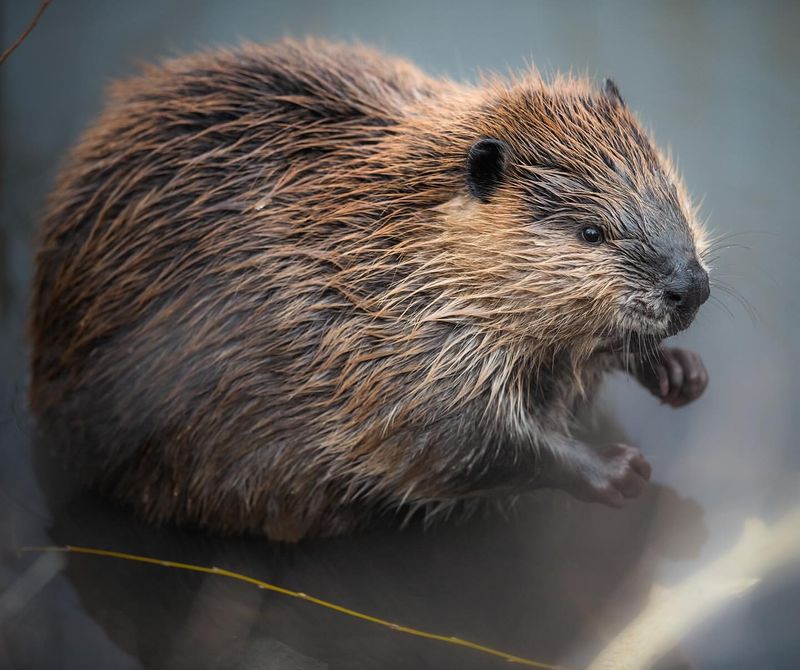
Beavers, often associated with industrious dam building, have more to offer than just their engineering skills. Their large, sharp teeth are not only for cutting wood but can also serve as a defense.
When threatened, beavers use their strong jaws to bite, which can be quite effective against predators. Moreover, their ability to quickly retreat into water provides an escape route. Their lodges are fortified with mud and sticks, creating secure homes safe from most threats.
These structures are strategically built for protection. This ability to construct safe havens and their defensive biting make beavers more than just builders; they are clever and resourceful survivors.
10. Moose
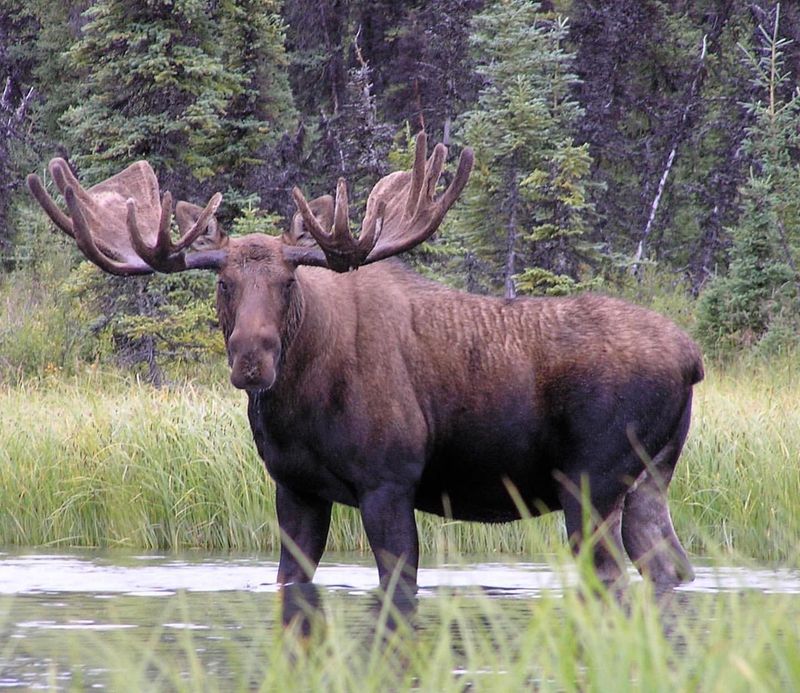
Moose, with their towering stature and impressive antlers, command respect in the wild. These antlers, primarily used during mating season, double as formidable weapons.
A charging moose can use its antlers to great effect, deterring predators with sheer force. Additionally, their size makes them less prone to attack. Moose are strong swimmers, allowing them to escape danger by water.
This, combined with their territorial nature, makes them a formidable opponent. Their ability to navigate through dense forests and their impressive defenses make moose a powerful presence in their habitat.
11. Bison
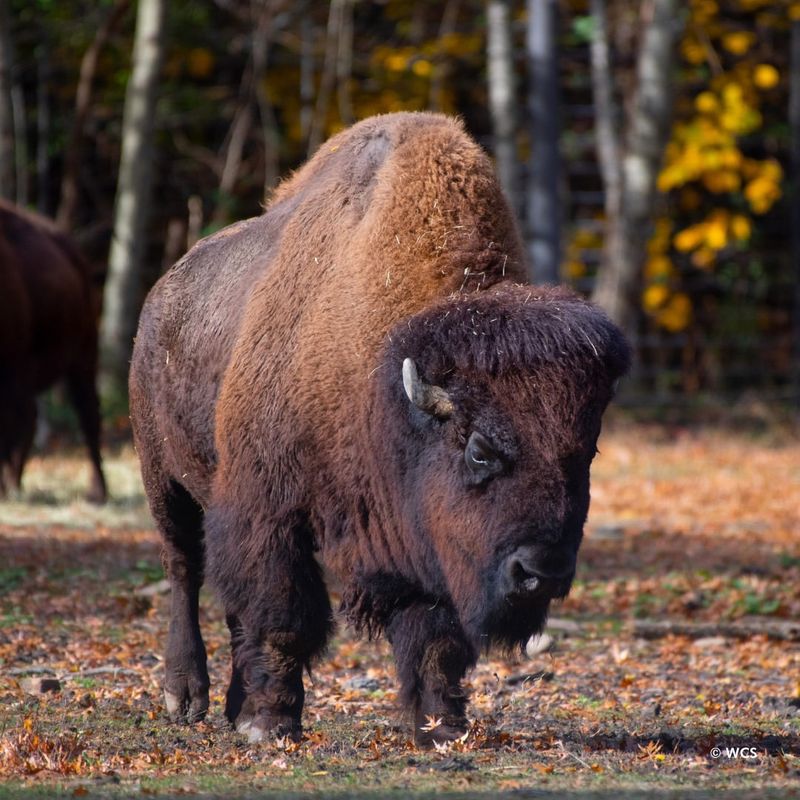
Bison are iconic symbols of strength on the North American plains. Their robust frames and curved horns provide them with tools for defense. In herds, bison display remarkable unity, encircling their young to protect them from predators.
Their communal strategies add an extra layer of defense. When threatened, a bison can charge with great speed, using its horns to fend off attackers.
This charge is often enough to deter predators from pursuing. Their thick fur provides protection against harsh weather and minor threats, showcasing how well-adapted they are to their environment.
12. Giant Tortoise
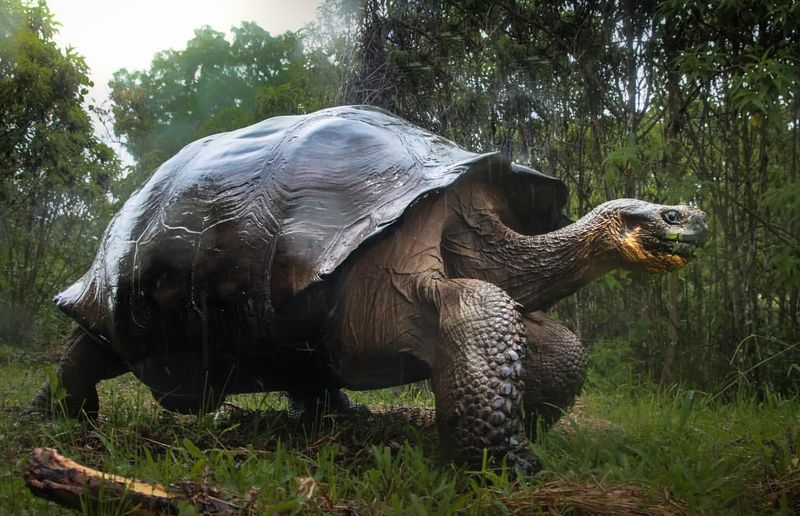
Giant tortoises are the epitome of slow-and-steady, but their shells offer them unparalleled protection. This natural armor is effective at shielding them from most predators. When threatened, a tortoise can retreat into its shell, leaving little exposed to danger.
This defense is simple yet highly effective. Their longevity and slow metabolism mean they require less food, allowing them to remain hidden for extended periods if necessary. These traits combined with their hardy shells make giant tortoises resilient creatures, well-suited to their environments.
13. Tapir
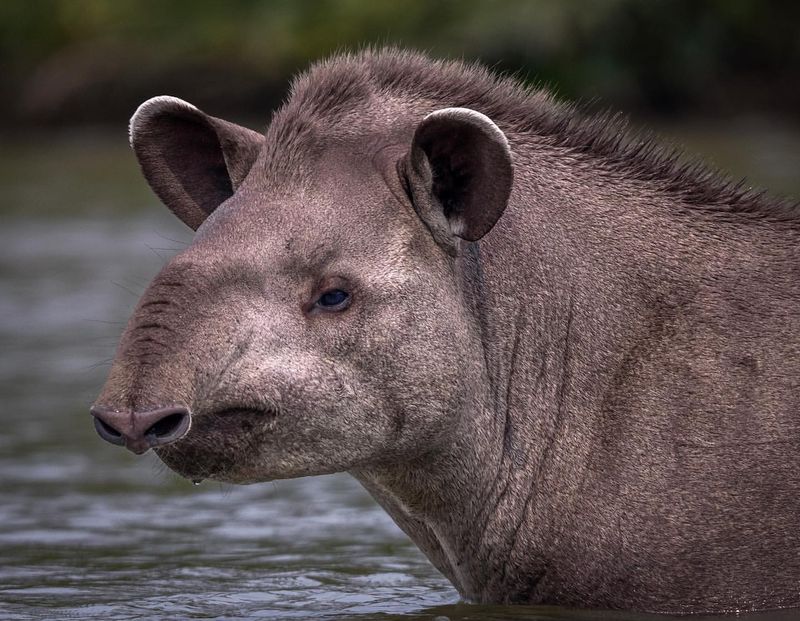
Tapirs, with their unusual snouts, are masters of disguise in tropical forests. Their ability to blend into their surroundings is their first line of defense. When threatened, tapirs can run swiftly through dense foliage, using their agility to escape predators.
Their strong bodies also allow them to navigate through water. Their nocturnal habits further protect them, reducing encounters with diurnal predators.
This adaptability and stealth make them elusive targets. Tapirs’ combination of camouflage, speed, and nocturnal tendencies ensures they remain out of harm’s way.
14. Gorilla
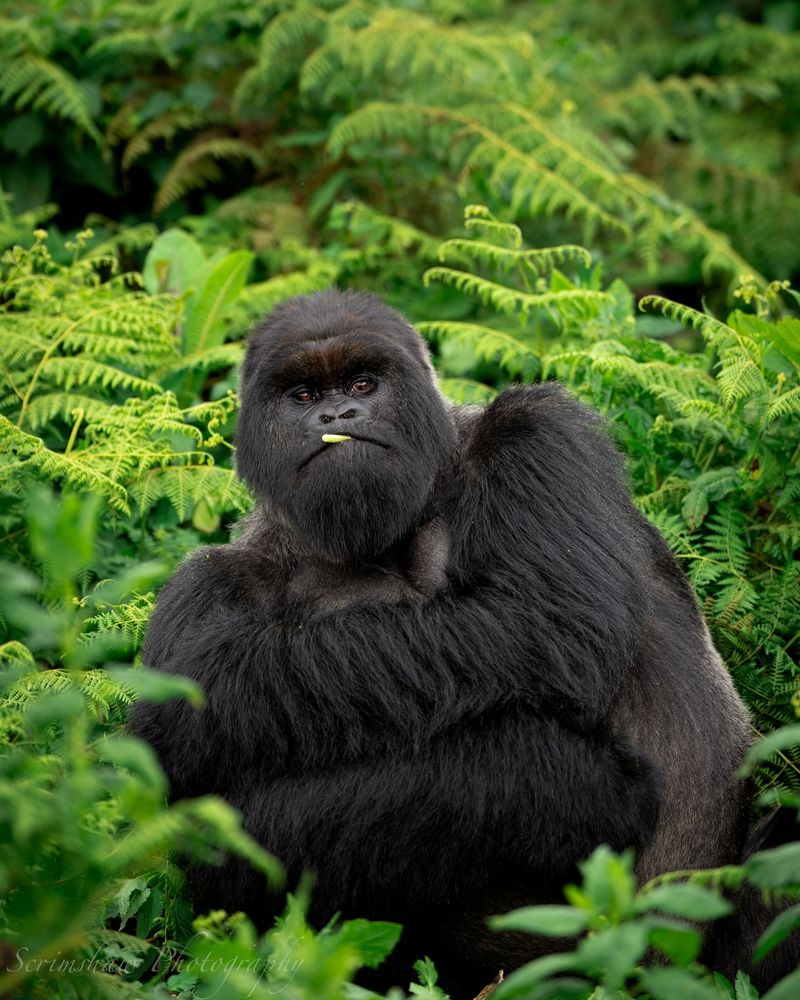
Gorillas, often seen as gentle giants, have physical prowess that demands respect. Their muscular arms and formidable strength make them capable defenders. In their social groups, known as troops, the dominant male or silverback leads with authority.
His role includes protecting the troop from threats. Gorillas display intimidating behaviors, such as chest-beating, to ward off potential threats. This display, alongside their sheer size, makes them formidable.
With these defenses, gorillas hold a respected position in their habitats, balancing strength with social bonds.
15. Zebra
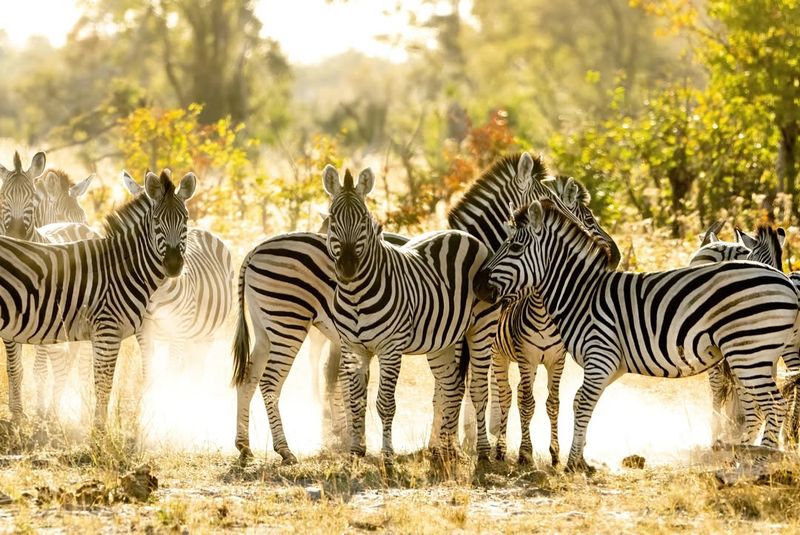
Zebras’ striking black and white stripes are more than just a visual spectacle; they serve as a unique defense mechanism.
These patterns confuse predators, especially when zebras move in groups. When danger approaches, zebras can run at high speeds, relying on their endurance to escape predators. Their strong legs make them capable of delivering powerful kicks if cornered.
Their social structure is another defense, as they often travel in groups. This herd mentality helps protect the vulnerable. Zebras’ combination of speed, group dynamics, and visual confusion makes them adept at avoiding danger.

